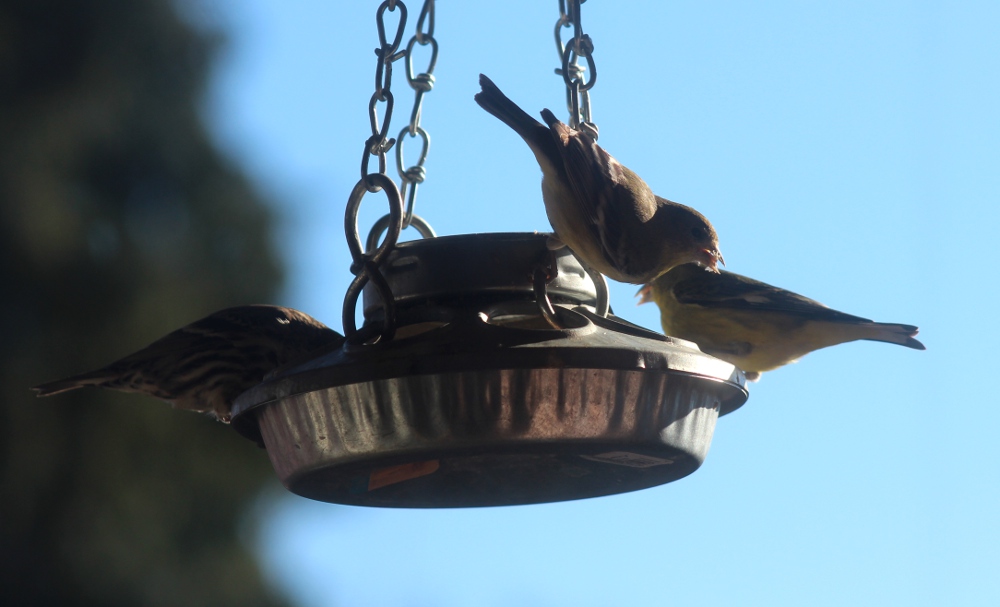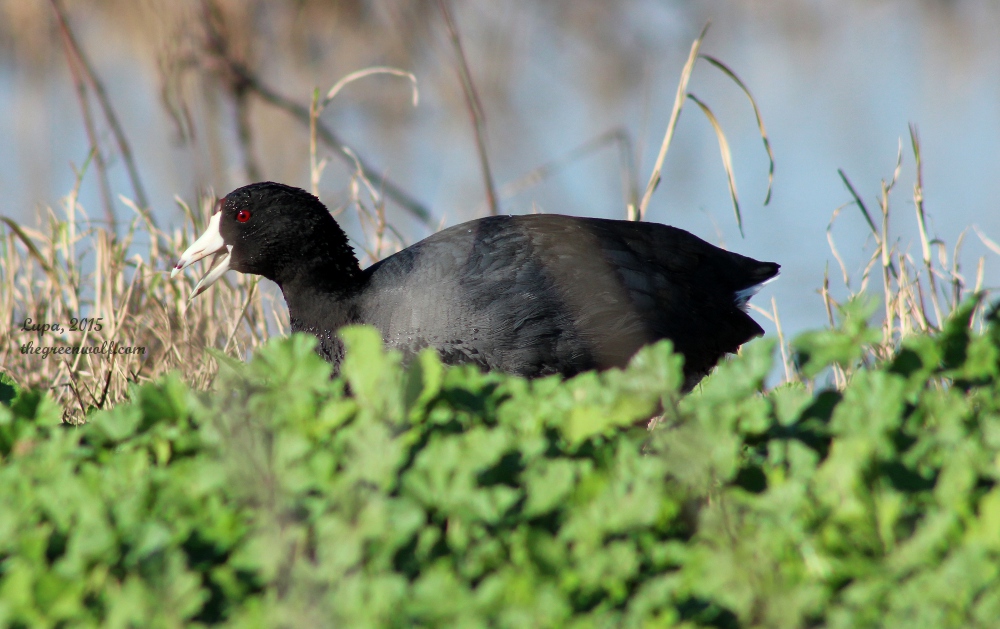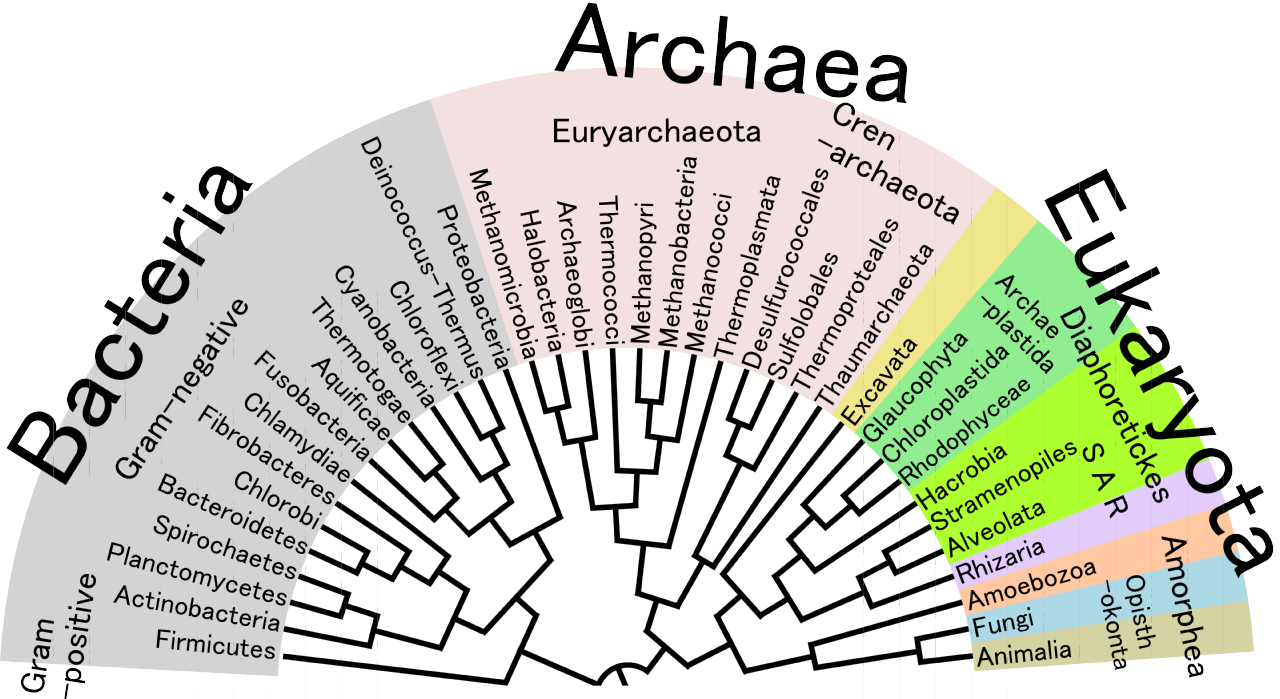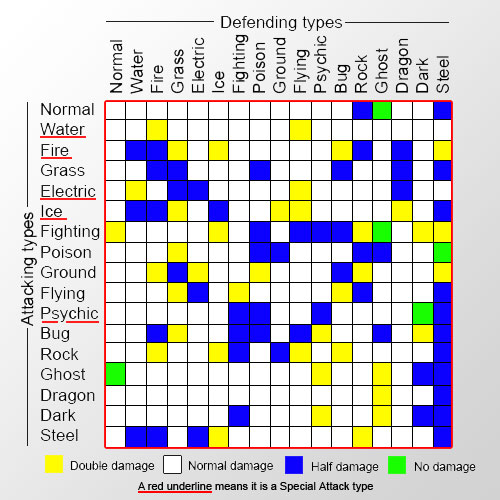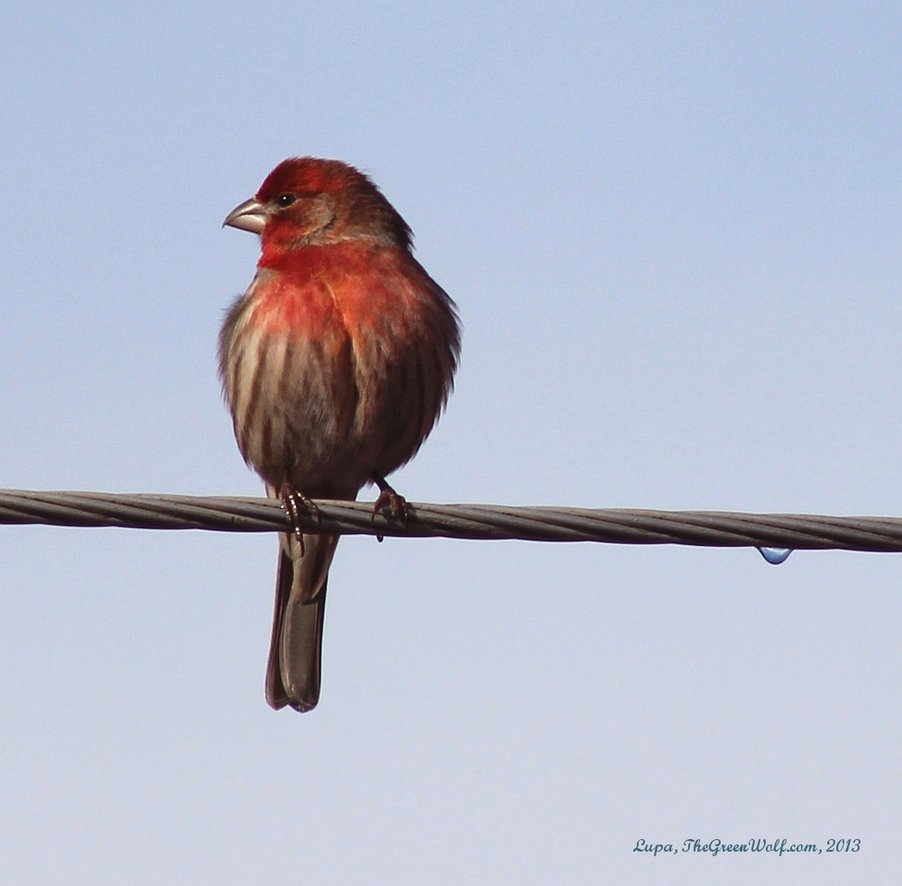My apologies for the lack of posts as of late. February into March is generally a busy time for events in my vending and speaking schedule, and I’m just now entering a period where I’ll mostly be at home. I still have plenty of other things going on here in Portland, and the Tarot of Bones is still eating my life, but if all goes well there’ll be more blog posts. In my last post I said we were going to talk about a different topic. I’ve got one that’s really prominent in my head right now, though, so I’m going to cover it instead.
So in my travels over the last several weeks I’ve tried to get out into wilderness places at least a few times. I went hiking at Ed Levin County Park in San Jose while I was at PantheaCon, and on my way back home I stopped for a few hours to walk and drive around the Sacramento National Wildlife Refuge. Just this past weekend I did a bit of a birding hike at Minnehaha Falls Regional Park while in Minneapolis for Paganicon. All of these were excellent opportunities to appreciate species of wildlife I don’t normally get to see in Portland, and especially to appreciate the spring migration of dozens of species of bird.
I learned a lot in those excursions, but an experience at home helped to solidify some thoughts I’ve had about why this is so important to my totemic path. This morning I woke up just around dawn; my sleep schedule’s been a bit out of whack with all the travel through time zones and whatnot. So I headed into the living room to start checking email, and to enjoy the morning drama at the bird feeders on my porch. I have both suet and seed feeders, and it’s normal for me to get a variety of tiny feathered dinosaurs ranging from scrub jays to pine siskins to Northern flickers coming by for breakfast.
I’ve also recently discovered eBird, a joint effort by the Cornell Lab of Ornithology and the National Audubon Society. It’s a website that allows you to record your bird sightings, and I’ve been registering my feeder visitors as they show up. One of the entry fields asks for the sex of the bird, if you have that information handy. Some are pretty easy to discern–a male dark-eyed junco in Oregon looks very different from the female, being darker in color. Others, like scrub jays, have little to no sexual dimorphism. I’ve had a few Northern flickers by yesterday and this morning. On first glance the male and female look very much the same–brown with black barring on the back, and a black “bib” and spots on the chest, with either yellow or red shading on the the tail and wings. I wanted to be able to discern whether I had males or females–or both–showing up, so with a quick bit of Google research I found that the males tend to have a red or black spot on their cheeks.
Why is this important to totemism? Because the presence of both sexes indicates the strong possibility of nesting nearby, which means I can also keep an eye out at area trees for nesting holes and, if I’m lucky, young peeking their heads out as they get a bit older. Sure, I can also look up videos and articles about flicker family dynamics, but there’s something about getting to see it in person that I think would make my understanding of Flicker as a totem more full and vibrant.
See, the “meanings” of animal totems (here’s why I don’t like that concept, by the way) are largely drawn from the animals’ behavior and natural history. Scrub Jay was the first totem to greet me as soon as I moved to Portland almost right years ago, and its bold, brash curiosity was infectious as I began exploring my new urban home. Moving is always a stressful experience, even when it’s for positive reasons, and I’d spent a year in Seattle becoming progressively more depressed and unhappy. Rather than sinking deeper into that because I had to start all over in a new place yet again, I found myself drawn out into the world by a brilliant blue and gray bird.
And over the past eight years I’ve made more of a study of the natural history of this area, both Portland and beyond, from geology to climate to the various sorts of flora, fauna and fungi found in each place I’ve explored (and some I’ve yet to set foot in). I’ve deepened my connection to the land that’s embraced me, and I’ve created more substantial relationships with some of the totems here as well. I feel invested in this place and everyone who lives here, and I give more of myself than ever before.
Many totemists, especially newer ones, rely on totem dictionaries and feedback from on-topic internet forums and groups to get their information on what a totem “means” or whether an animal sighting was a message in disguise. While these can be useful at the beginning, eventually you have to drop the training wheels and figure things out for yourself. I’ve long said that what a particular totem tells me may not be what it tells you, and so coming to me and asking “What does Brown bear mean?” or “I saw a blue jay today, what does that mean” is useless. All I’ll tell you is to ask the totem itself, because that’s a relationship between the two of you.
And a big part of developing that relationship involves going outside–or, for those unable to do so, at least watching/listening/etc. from the window. Hell, barring all else there are books and documentaries and websites on all sorts of natural topics. Nature spirituality is meant to be about our connection with everything else, not just the human-dominated portions of the world, and if you only immerse yourself in dictionaries and forums you’re going to miss out on a lot. Going to wilder areas where we’re less of an influence serves to illustrate just how much we’ve affected the world around us, and what we stand to lose if we keep up our destructive ways. You can look at photos and video, but there’s nothing to compare with seeing it with your own eyes if you’re able to. A picture of a clearcut is devastating, but it’s nothing next to actually going out and walking through a devastated landscape where a forest has been torn down, being completely surrounded by shattered trunks and earth scraped bare.
It’s that sort of experience that helped me move from a “all about me” approach to totemism to a more balanced give and take. Totemism isn’t just about us, as I’ve talked about already, and in my next post I’ll be talking about why giving back through offerings and otherwise is crucial to one’s totemic practice.
A master list of Totemism 201 posts may be found here.
Did you enjoy this post? Please consider purchasing one or more of my books on totemism and related topics! They include more in-depth information on working with totems, to include topics not discussed in this essay series.

